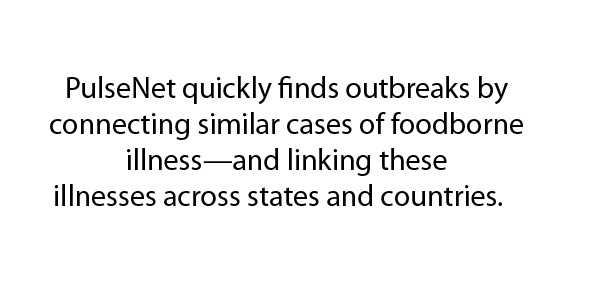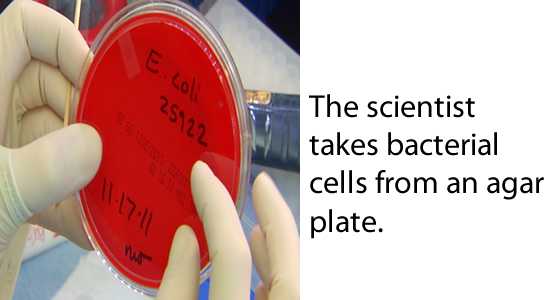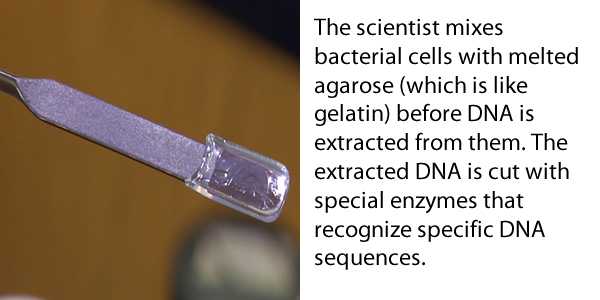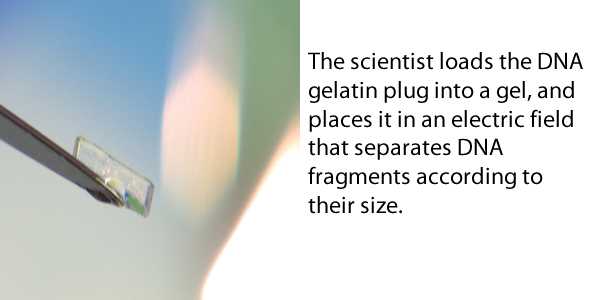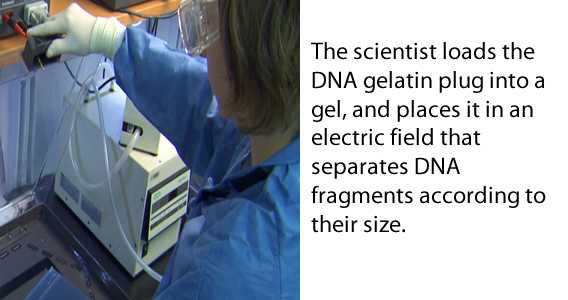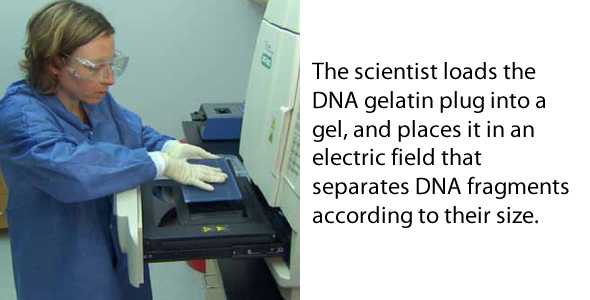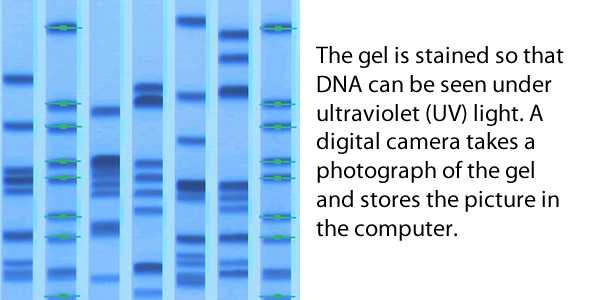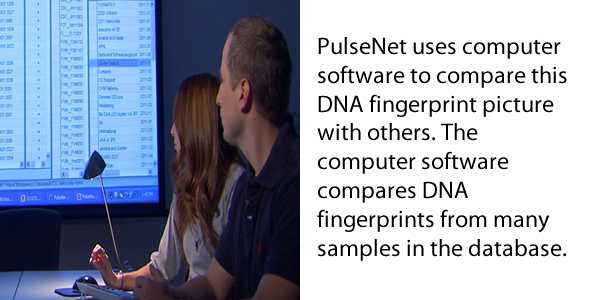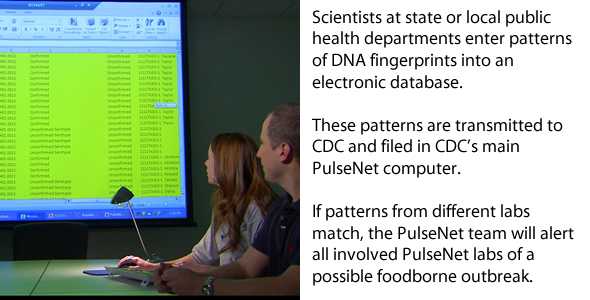Pulsed-field Gel Electrophoresis (PFGE)
What is PFGE?
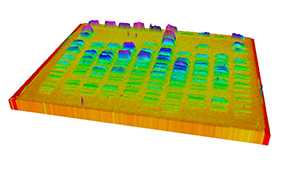 Pulsed-field gel electrophoresis (PFGE) is a laboratory technique used by scientists to produce a DNA fingerprint for a bacterial isolate. A bacterial isolate is a group of the same type of bacteria. PulseNet investigates bacterial isolates from sick people, contaminated food, and the places where food is produced.
Pulsed-field gel electrophoresis (PFGE) is a laboratory technique used by scientists to produce a DNA fingerprint for a bacterial isolate. A bacterial isolate is a group of the same type of bacteria. PulseNet investigates bacterial isolates from sick people, contaminated food, and the places where food is produced.
Does PulseNet use other fingerprinting methods?
PFGE is the current “gold standard” fingerprinting method used within PulseNet. However, PulseNet is transitioning toward using whole genome sequencing (WGS). For a few organisms, PulseNet also uses multi-locus variable tandem repeat analysis (MLVA) to aid outbreak investigations.
How does PFGE work?
Microbiologists prepare bacterial isolates for pulsed-field gel electrophoresis (PFGE) analysis by covering the bacteria in a substance called agarose, which is similar to gelatin. Then they open the bacterial cells to release the DNA.
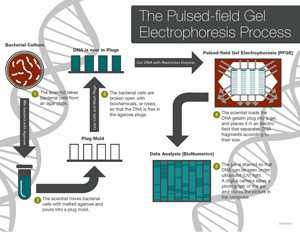
PFGE Process: Larger View
Once the DNA is released, then the agarose and DNA suspension (also known as a plug) is treated as follows: The DNA, immobilized in the agarose, is cut with molecular scissors (restriction enzymes) at specific locations (restriction sites). Microbiologists select these restriction enzymes to generate a small number of DNA pieces that can be separated based on size. The treated plugs are then loaded onto an agarose gel, and the DNA pieces are separated based on size using an electric field. This produces a DNA fingerprint with a specific pattern. The figure shows an example of an agarose gel where each lane represents a DNA fingerprint or pattern. PFGE is different from conventional DNA electrophoresis because PFGE can separate very large fragments to generate a fingerprint by constantly changing the direction of the electric field.
Once a DNA fingerprint is created, the public health laboratory analyzes the fingerprint pattern using a software program known as BioNumerics*. After analysis, the laboratory uploads its pattern to the national database, where PulseNet Central’s database managers will investigate the pattern to see if it is causing an outbreak or it is part of an ongoing outbreak. If so, these database managers will work with the public health microbiologists and epidemiologists to further investigate the outbreak.
Advantages of PFGE
- High concordance with epidemiological relatedness
- Can be applied as a universal generic subtyping method for many different bacteria with only the choice of the restriction enzyme and electrophoresis conditions optimized for each species
- Stable and reproducible DNA restriction patterns
- More discriminating than methods such as ribotyping or multi-locus sequence typing for many bacteria
Limitations of PFGE
- Time consuming
- Does not discriminate between ALL unrelated isolates
- DNA restriction patterns can vary slightly between technicians
- Cannot optimize separation in every part of the gel at the same time
- Bands of same size may not come from the same part of the chromosome
- Change in one restriction site can result in more than one band change
- “Relatedness” should be used as a guide, not as a true phylogenetic measure
- Some strains cannot be typed by PFGE
- Does not differentiate isolates to the same degree that can be achieved by whole genome sequencing (WGS)
* Mention or depiction of any company or product does not constitute endorsement by CDC or HHS.
Related Links
- Page last reviewed: February 16, 2016
- Page last updated: February 16, 2016
- Content source:


 ShareCompartir
ShareCompartir
